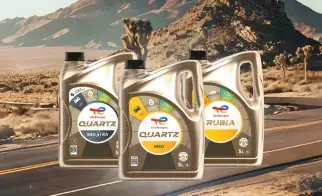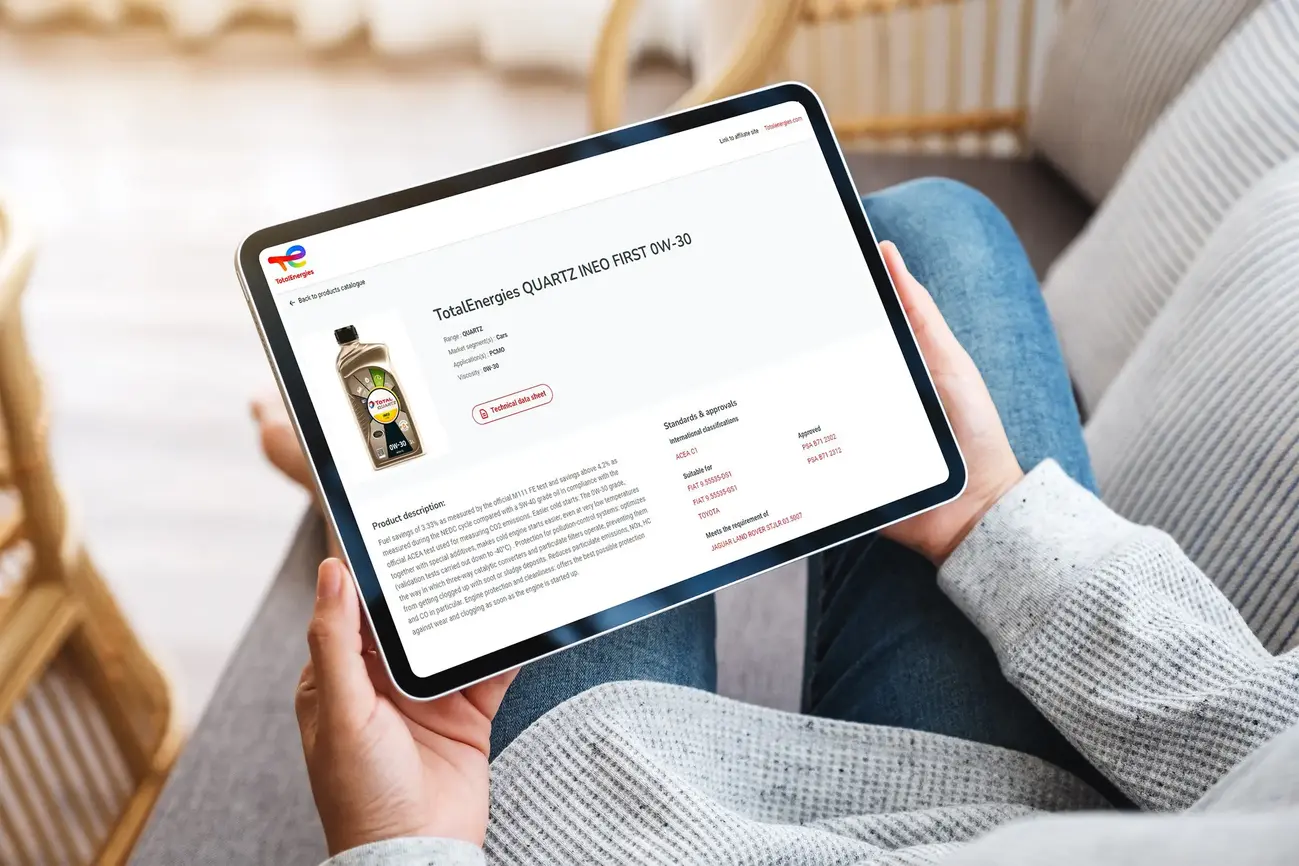Brake fluid : how to check and top up guide
Keeping your brake fluid topped up is incredibly important. Without it, your braking system will cease to function, putting you and your passengers’ lives in jeopardy, and potentially damaging your vehicle. Thankfully, checking your brake fluid level and topping it up is a simple task. Here’s how.
How to check your vehicle’s brake fluid level
You should check your brake fluid level every few months – don’t just rely on your dashboard warning lights to tell you when your level is low.
- Drive your vehicle for a short period, braking several times to properly fill the brake system.
- Park on a flat surface – doing so on a slope may produce an incorrect reading.
- Open the bonnet and locate the brake fluid reservoir. If you’re unsure where to find it, check your vehicle manual
- The reservoir should be coloured white, with ‘low’ and ‘maximum’ fill markers on the outside surface. The fluid, a relatively dark liquid, should be visible through the reservoir container.
If your brake fluid level is below the ‘low’ marker, you should add fluid to top it up.
If you check the level soon after and it is still low, you may have a leak in the brake system. This can also be caused by worn brake pads – when worn, brake calipers have further to move this draws more brake fluid into the system. In both cases, you should visit a mechanic as soon as possible.
If the level is higher than the maximum marker, the fluid may be absorbing water from a weak point in the braking system. If you continue to drive with water in your brake system, the water may boil off (brake fluid has a higher boiling point than water) and your brake function will suffer. If your level is above the maximum, visit a workshop to have your brake fluid replaced.
How to add brake fluid
If you have a low brake fluid level, topping up is really simple.
- Park your vehicle on a flat surface.
- Clean the brake fluid reservoir cap if it’s dirty, so no debris falls into the reservoir.
- Remove the cap. If the fluid is very dark or contains debris, it’s likely you need to visit a workshop for a brake fluid change, as the fluid may be past its lifespan.
- Slowly and carefully add brake fluid to the reservoir until the level reaches the maximum fill marker.
- Securely screw the reservoir cap back on.
- Drive your vehicle for a short period, braking occasionally then, once parked on a flat surface, check the fluid again to be sure of a successful fill.
Brake fluid can corrode paint, so make sure not to spill it on your vehicle or engine compartment. If you do, wipe it off with plenty of water – it’s oily, so you’ll be able to tell when the surface is entirely clean.
Brake fluid types
Open configuration options
You might also be interested in

Find the right oil for my car

Buy our engine oils

How to guides
